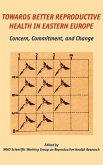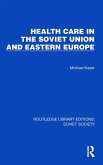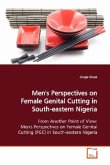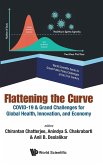The current spread of the flat tax
among Central and Eastern European countries can be
described as a complex political-economic process.
The combination of the economic and the political
aspects provides a comprehensive framework for
understanding the background of the radical liberal
reform. The central hypothesis of the study is that
the embeddedness of the state in the society defines
the factors which determine the feasibility of the
flat tax. To testify the hypothesis a model is
established that describes the feasibility of the
flat tax in weakly and strongly embedded countries
upon the cost-benefit calculations of the
governments. Upon the model a
comparative analysis of the eight most developed
post-communist countries was done. The comparative
analysis underlined that in weakly embedded countries
the macroeconomic circumstances together with the
government s preferences define the type of the new
tax system, while in embedded countries the decision
mechanism is more complex. Apart from the
macroeconomic circumstances and the governmental
preferences, the voters and interest groups influence
highly the outcome of the cost-benefit equation.
among Central and Eastern European countries can be
described as a complex political-economic process.
The combination of the economic and the political
aspects provides a comprehensive framework for
understanding the background of the radical liberal
reform. The central hypothesis of the study is that
the embeddedness of the state in the society defines
the factors which determine the feasibility of the
flat tax. To testify the hypothesis a model is
established that describes the feasibility of the
flat tax in weakly and strongly embedded countries
upon the cost-benefit calculations of the
governments. Upon the model a
comparative analysis of the eight most developed
post-communist countries was done. The comparative
analysis underlined that in weakly embedded countries
the macroeconomic circumstances together with the
government s preferences define the type of the new
tax system, while in embedded countries the decision
mechanism is more complex. Apart from the
macroeconomic circumstances and the governmental
preferences, the voters and interest groups influence
highly the outcome of the cost-benefit equation.








